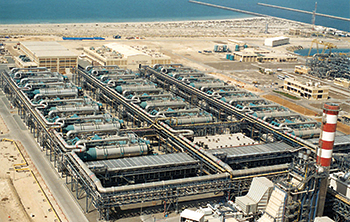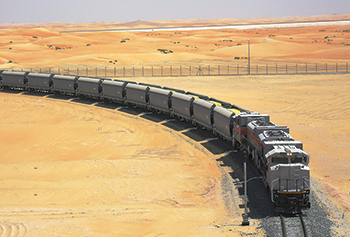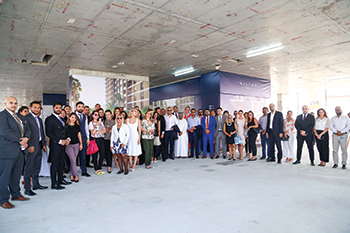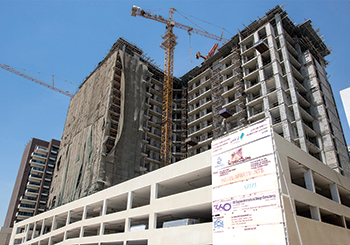
 68 new 132/11 kV substations are to be built.
68 new 132/11 kV substations are to be built.
Dubai Electricity and Water Authority (Dewa) said it plans to build 68 new 132/11 kilovolt (kV) substations over the next three years, at a projected value of Dh8 billion ($2.18 billion) to meet the growing demand for power and contribute to achieving Dubai’s ambitious urban objectives.
The utility has been providing services at the highest levels of efficiency, availability and reliability to over 900,000 customers, with a customer happiness rating of 95 per cent in 2018, it added.
Dewa managing director and CEO Saeed Mohammed Al Tayer said: “We are inspired by the vision of HH Sheikh Mohammed bin Rashid Al Maktoum, Vice President and Prime Minister of the UAE and Ruler of Dubai, to plan and develop the infrastructure required, to meet increasing electricity and water demand in the emirate. This will contribute to achieving Dubai’s ambitious urban objectives.”
“Dewa is also expanding its electricity and water services by developing new stations and upgrading existing ones, according to the latest world-class practices. Dewa is working to increase its use of clean and renewable energy, launch smart initiatives, and adopt creativity and innovation in all its operations. Dewa’s total production capacity reached 11,100 megawatts (MW) in 2018,” he added.
“We have commenced building new stations in Hassyan, and at the Mohammed bin Rashid Al Maktoum Solar Park. Dewa continuously adopts new strategies based on innovation, to anticipate future challenges and opportunities,” noted Al Tayer.
“Up until the end of last year, Dewa established a total of 258 main substations of 132/11 kV in 2018, 18 of which were commissioned in 2018 at a total cost of Dh2.05 billion. We will continue our efforts to support Dubai and the UAE,” he stated.
Al Tayer noted that Dewa has achieved competitive results in global benchmarking, reducing losses from electricity transmission and distribution networks to 3.3 per cent compared to six to seven per cent in Europe and the US, while water network losses were reduced to 6.5 per cent compared to 15 per cent in North America.





















_0001.jpg)


.jpg)
















.jpg)








.jpg)











